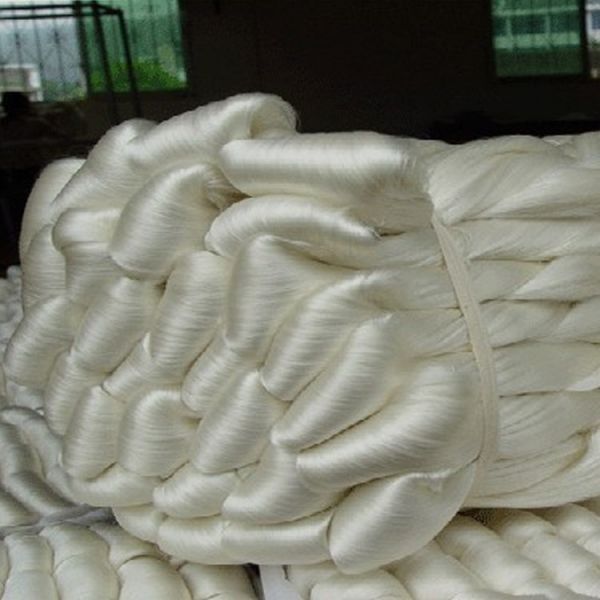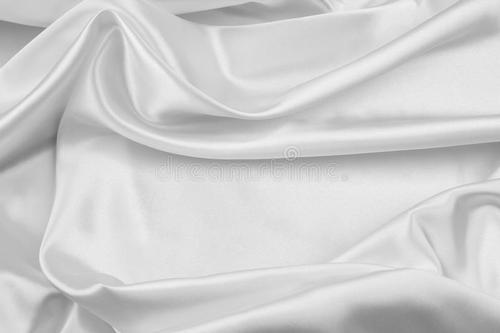Silk Knowledge
What is Silk?
Silk is a natural protein fiber, some forms of which can be woven into textiles. The protein fiber of silk is composed mainly of fibroin and is produced by certain insect larvae to form cocoons. The best-known silk is obtained from the cocoons of the larvae of the mulberry silkworm (sericulture).
What are Major Silk Origin
Silks are produced in different parts of the world and have unique sheen and textures.
• Chinese silk is smooth and satiny and has a creamy white natural color
• Japanese silk has a creamery white natural color
• Italian silk is soft and rich in color and it has a yellow crinkly look
Silk History
1640 B.C.
The Chinese discovered the life cycle of the silk cocoon and have been keeping the monopoly of silk till now. Silk culture was sponsored by the emperor’s wife. It was prohibited to export live worm outside China.
1070 B.C.
A mummy was recovered with silk, which indicated trade at that time.
200 B.C.
Along the Silk Road the Chinese silk found its way to Asia and Japan. When the Romans came to Asia, they
discovered the silk, but they knew nothing of its origin.
552 A.D. During the By Byuzentine Empire the silk worms were smuggled to Asia Minor and Greece by monks who
had been sent by Emperor Justinian. The sericulture started to speed up.
7th century Arab concurred Persians, and learned about the silk. They spread the silk to Africa, Sicily and Spain.
10 century Andalusia was the center of producing silk to Europe.
12 century Marco Polo’s journey to China and trade between the west and the east. Italy started a silk industry.
1450-1466 During the time of King Louis X1, Lyon became the warehouse for foreign silk and manufacturing.
1536
France gave Lyon the monopoly of silk import & trade.
1685 The French Huguenots fled France and contributed to the silk in industry in Germany, Italy and Great Britain.
18th Century The silk industry progressed in Europe, China and Japan.
19th century 1872: after the Suez Canal opening, the imported raw silk from Japan became more competitive due to
Japanese progress in reeling technique.
20th century European sericulture continued its slow decline in silk industry. Second world war: the raw silk silk from
Japan banning led to the decline of silk production in Europe and USA .
After the end of the war and the improvement of reeling in Japan, it became again with the biggest
production of raw silk until 1970. Then China in 1970 recaptured its historic position as the world biggest
producer and exporter of raw silk.
What is Good about Silk
• Silk is the finest natural fibers and it has the greatest strength compared to other natural fiber of the same diameter
• The elasticity of real silk is better than linen or cotton
It can be stretched to (1/5—1/7) of its original length before breaking. Because of this property garment which are made of silk keep their shape and do not wrinkle badly.
• Garments made of silk are warmer than those made of linen and cotton because of the poor heat conductivity of silk. Silks hold the heat near the body thus keeping it warm.
• Silk has a capacity of absorbing moisture and still keeping dry.
• Silk has a breathing property and absorbs oil from the skin, but it sheds dirt easily and readily, it’s a sanitary textile.
• Silk has a great natural affinity (Penetrability) than linen and cotton: As a result of basic acids and direct dyestuff can all be used on silk better if compared with linen and cotton.
Type of Silk that You Carry
These silks are in our regular stock. You may request for different silk if it is available in China market.
1) silk satin:
very tight and soft tissue structure. A glossy &
shining surface and a dull back.
weight: 12mm (51.6gsm) and 16mm (68.8gsm)
2) silk twill: Matt look. A tissue structure can be seen in the
surface. It is not as soft as the silk satin
weight: 14mm (60.2gm) and 16mm (68.8gsm)
3) Silk Chiffon: light and transparent tissue structure with
a smooth surface.
weight: 8mm (34.4gsm)
4) Silk Georgette:
light and transparent tissue structure with
a dull, creped surface. Also it has very good
breath behavior and pendent feature
weight: 8mm (34.4gsm)
5) Crepe De Chine:
wrinkly look and has elasticity. Gentle
gloss, smoothly touching feeling, and good resistance to wrinkle
weight: 12mm (51.6gsm)
Tips for Recognizing Real Silk
A number of tips to be considered, including the price, weaving, and burning test.
(a) Price: the silk price is much higher than polyester
(b) Since the silk fabric weaving is handmade of natural fiber and this clearly shows small flaws or joins in the thread along the warp and weft. On the other hand the polyester has a silky feeling and it is machine made fabric and has a perfect surface with no flaws or bungs
(c) Burning test
Take two threads of real silk and light them with a flame. It will leave a fine ash and smell like burned hair. When the flame is taken away, the burning will stop. On the other hand if you lit the imitation silk, it will drip and burn with black smoke. It will continue to burn after the flame is taken away.
Silk Caring
The silk of our garments and scarves is a high level category of fabric. For long lasting caring of the vivid and natural colors as well as maintaining the quality of different silk fabric, please follow the care instructions as below.
• Dry clean only.
• Do not wash. Do not bleach. Do not tumble.
• Iron at warm temperature(150 C) with steam in the fabric back. You may use a soft and white cloth over the item.
• Store by hanging in a dry place. Avoid direct sunlight.
• Do not use any kind of chemical clothing spray or moth balls directly on item as this may stain or damage the item.
• If you must wash, use non-alkaline soap or detergent,such as natural hair shampoo.
Contact Details
info@silkmelody.com
Montreal, Quebec H3G 2R6, Canada
// +1 514-979-5962



